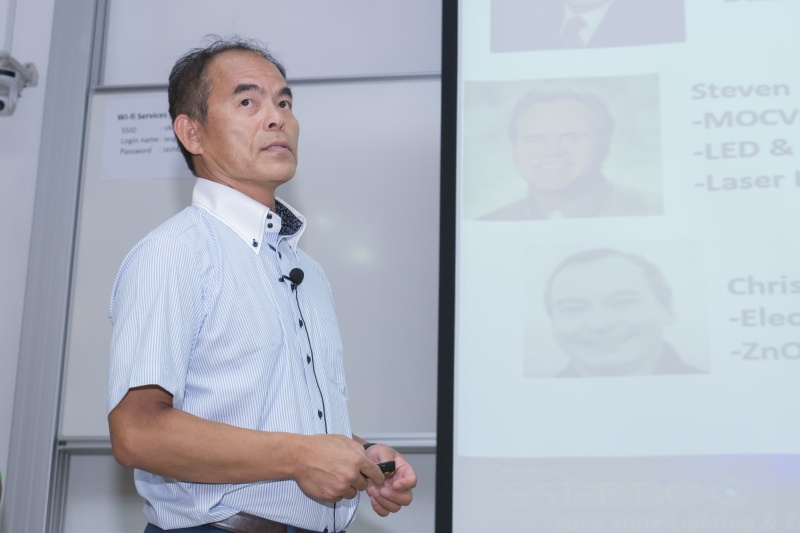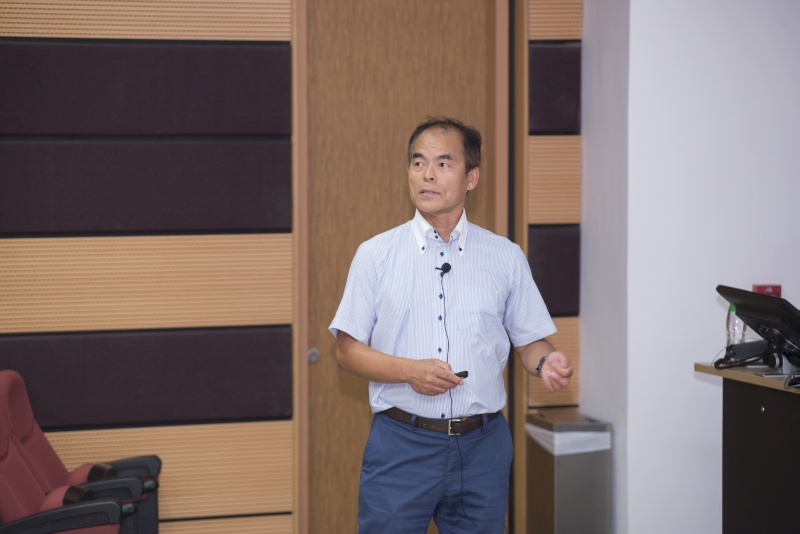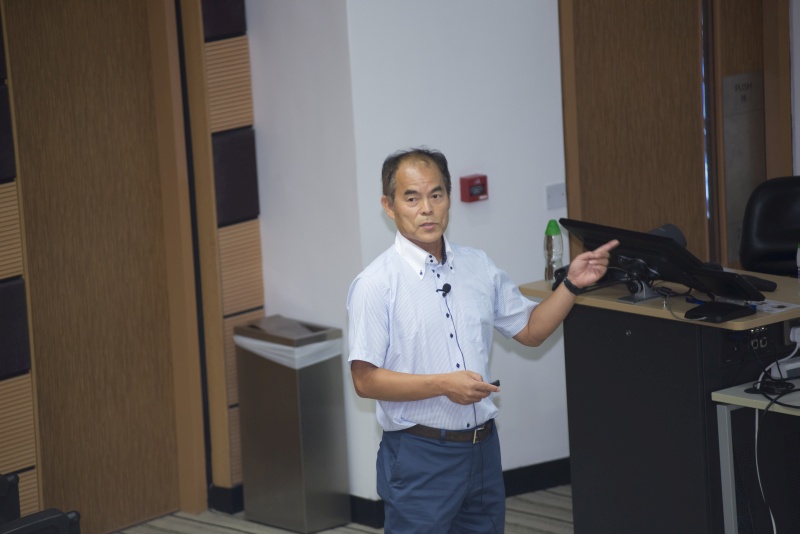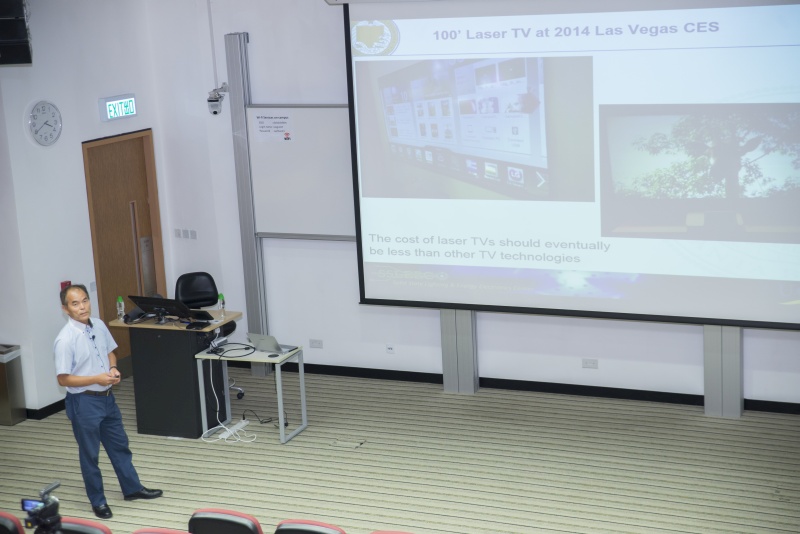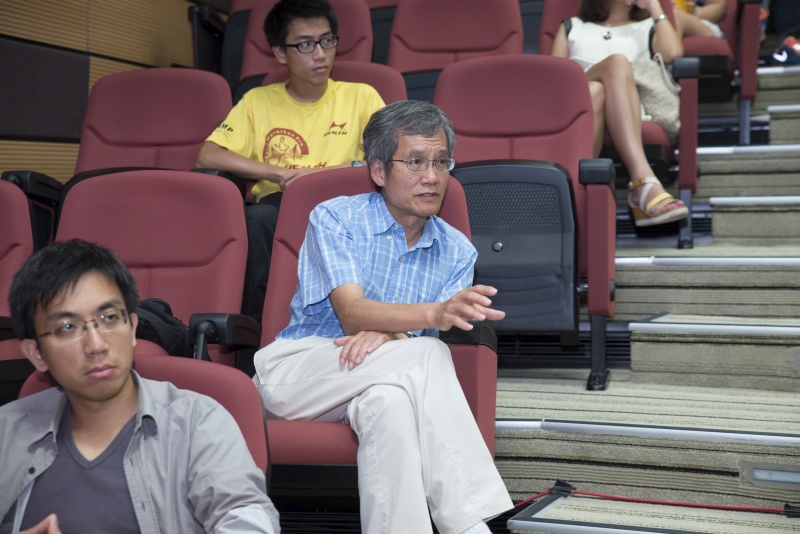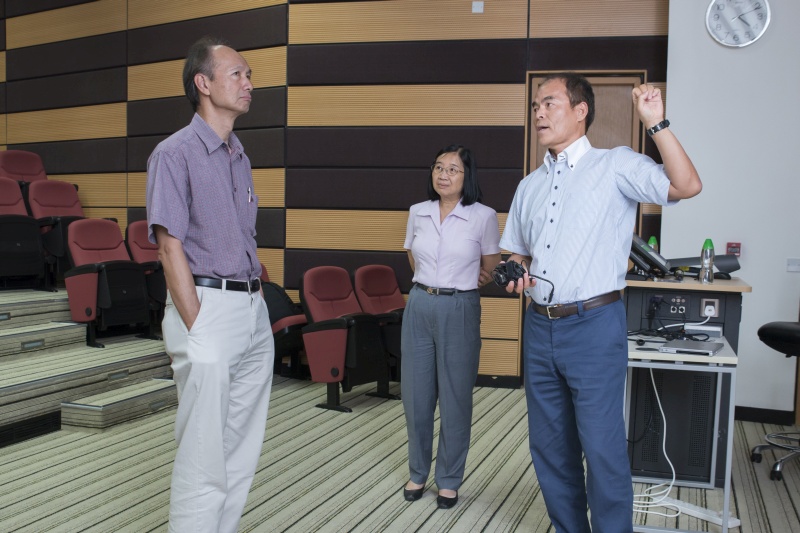III-Nitride-based LED and Laser Diodes
Abstract
In the 70’s, first GaN growth was achieved by using Hydride Vapor Phase Epitaxy (HVPE). Many breakthroughs of III-Nitride growth, conductivity control and device structures have been performed since that time. Now, the missing technology is green and red colors for the emitting devices using III-Nitride materials. The speaker and his research group have studied nonpolar and semipolar plains to develop the high efficient blue and green emitting devices. The speaker will talk about the latest results of semipolar emitting devices at the University of California at Santa Barbara. The nonpolar and semipolar devices have problems of lack of large substrate. The bulk GaN crystal growth by using Ammonothermal method will also be described.
About the speaker
Prof. Shuji Nakamura obtained his bachelor's and master's degrees in Electronic Engineering in 1977 and 1979 respectively, after which he joined the Nichia Chemical Industries Ltd in Japan. It was while working for Nichia that Prof Nakamura invented the first high brightness GaN LED whose brilliant blue light is (when partially converted to yellow by a phosphor coating) the key to white LED lighting, and which went into production in 1993. He was awarded a Doctor of Engineering degree by the University of Tokushima in 1994. He left Nichia Chemical Industries Ltd in 1999 and joined the University of California at Santa Barbara, where he is currently Professor of the Materials Department. He received his Doctor of Engineering honoris causa from the Hong Kong University of Science and Technology in 2008. He is also Visiting Professor of the HKUST Jockey Club Institute for Advanced Study.
Widely recognized as pioneer in light emitters based on wide-bandgap semiconductors, Prof. Nakamura continues to focus on development of GaN thin film technology. He won the 2006 Millennium Technology Prize for his invention of blue and white LEDs. He was elected as a Member of the US National Academy of Engineering in 2003. He holds more than 100 patents and has published more than 400 papers in his field.

